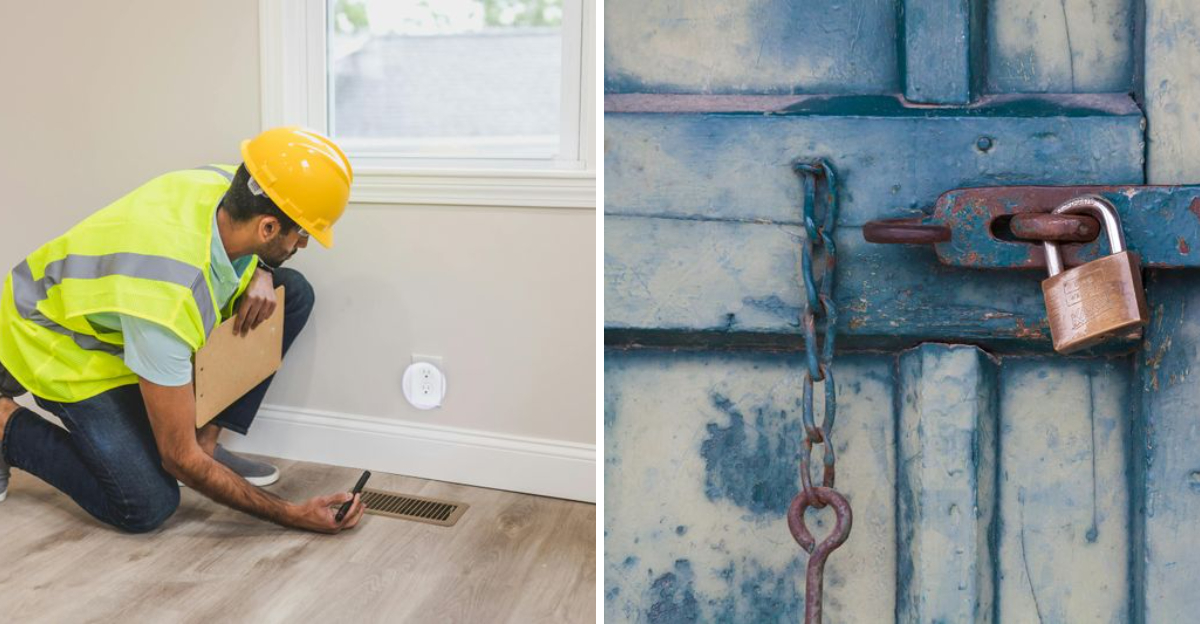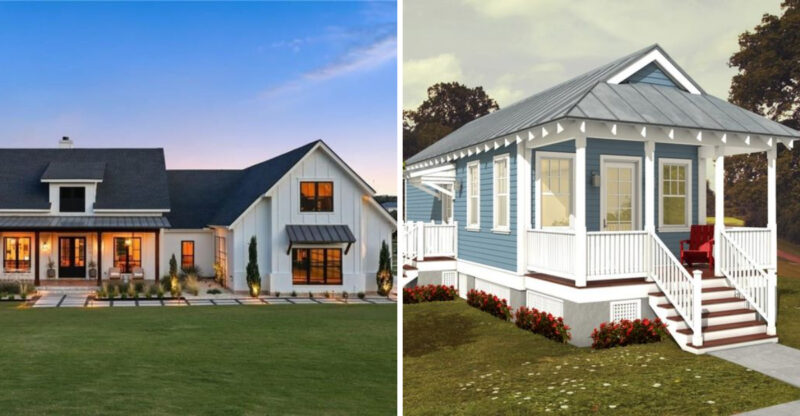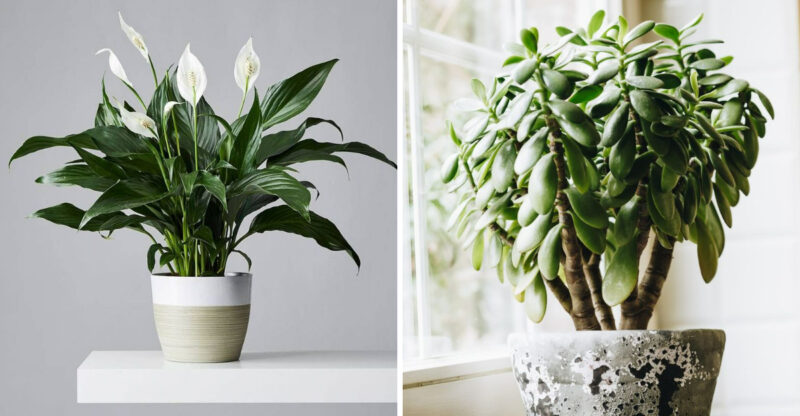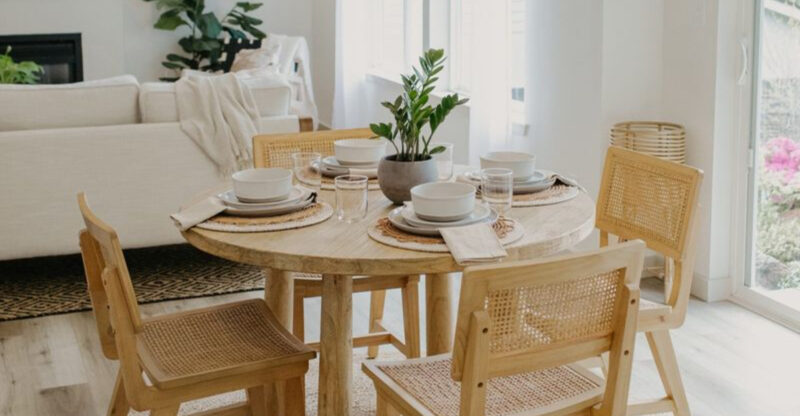14 Common Security Mistakes That Can Compromise Your Property

Your home should be your sanctuary, but simple oversights can turn it into an easy target for intruders.
Every year, thousands of properties are compromised because owners unknowingly leave security gaps wide open. Understanding these common pitfalls isn’t just about protecting your valuables-it’s about safeguarding your peace of mind and your family’s wellbeing.
This content is for general informational purposes only and should not replace professional security advice. For specific guidance, consult a qualified security expert.
1. Hiding Keys In Obvious Spots
That fake rock by your front door? Burglars check there first. The flowerpot, doormat, and mailbox follow close behind on their scavenger hunt list.
Professional thieves know all the classic hiding spots homeowners use. Instead, leave a spare with a trusted neighbor or invest in a small lockbox with a combination that only family members know.
2. Neglecting Window Locks
Windows become welcome mats for criminals when left unsecured. Many homeowners focus on door security while completely overlooking these glass entry points.
Even second-story windows need proper locks-determined intruders often use nearby trees or furniture to gain access. Consider installing window stops that allow ventilation while preventing the window from opening wide enough for entry.
3. Posting Travel Plans On Social Media
Broadcasting your Bahamas getaway on Facebook practically advertises an empty home to potential burglars. Vacation countdown posts might seem harmless, but they’re like digital billboards saying “Nobody home!”
Save the vacation photos for after you return. If you must share during your trip, adjust privacy settings so only close friends see your posts, not your entire network of acquaintances.
4. Leaving Tools Accessible Outside
Ladders, shovels, and hammers might seem innocent, but they become burglary tools when left outside. That ladder leaning against your garage provides easy access to second-story windows.
Garden tools can break windows, while heavier items might pry open doors. Always store these items in locked sheds or garages after use, removing potential weapons from an intruder’s arsenal.
5. Keeping Bushes Tall Near Windows
Overgrown shrubs create perfect hiding spots for would-be intruders. Decorative bushes beneath your windows might look lovely, but they provide cover for someone working to break in.
Maintain landscaping with security in mind. Keep bushes trimmed below window level and consider planting thorny varieties like roses or barberry near vulnerable entry points as natural deterrents.
6. Using Weak or Default Passwords
Smart home devices become dumb security risks when you leave factory passwords unchanged. Many homeowners never bother updating the default “admin” or “1234” credentials on their security systems.
Hackers can easily find manufacturer default passwords online. Create strong, unique passwords for your WiFi network, security cameras, and smart locks-mixing letters, numbers and symbols for maximum protection.
7. Forgetting To Lock Up During Quick Errands
Running out for just five minutes? That’s all a thief needs. Many break-ins happen during daylight when homeowners make quick trips to the store or school pickup.
Opportunity thieves watch neighborhoods for patterns and strike when they see someone leave in a hurry. Always lock doors and windows, even for brief absences-no matter how safe your neighborhood feels.
8. Leaving Garage Door Openers In Vehicles
Your car’s visor isn’t a secure spot for your garage opener. When parked outside or at public locations, that little remote becomes a key to your home.
Car break-ins often target garage door openers, especially when registration papers inside reveal your address. Take the opener with you or invest in a keychain version that stays with your house keys.
9. Ignoring Broken Exterior Lights
Darkness is a burglar’s best friend. Burned-out porch lights or malfunctioning motion sensors create shadowy spots perfect for undetected break-ins.
Regularly check all exterior lighting and replace bulbs promptly. Consider upgrading to LED fixtures with dusk-to-dawn features or motion activation. Good lighting not only deters criminals but also prevents accidents on your property.
10. Leaving Mail To Pile Up
Overflowing mailboxes signal an empty house to observant thieves. That stack of newspapers on your driveway might as well be a “Gone on Vacation” sign.
When traveling, ask a neighbor to collect deliveries or use USPS hold mail service. Consider digital subscriptions for newspapers and magazines. These simple steps help maintain the appearance that someone’s home.
11. Displaying Valuable Items Near Windows
Your gorgeous new TV is visible from the street, essentially creating a shopping catalog for potential thieves. Many homeowners unknowingly showcase their valuables through uncovered windows.
Rearrange furniture so expensive electronics face away from windows. Keep jewelry boxes away from bedroom windows. Consider privacy film or strategic curtain placement for rooms containing valuable collections.
12. Skipping Background Checks On Service Workers
Not all threats come from strangers lurking in bushes. The contractor fixing your sink or cleaning your carpets has direct access to your home layout and security features.
Always hire service workers through reputable companies that conduct background checks. Check references and read reviews before allowing someone into your home. Keep valuables secured during service appointments.
13. Keeping Spare Keys With Identifying Information
That cute house-shaped keychain with your address engraved on it becomes a serious liability if lost. Many people attach identifying information directly to their spare keys.
If found by the wrong person, labeled keys provide both the tool and the location for easy access to your property. Use generic keychains and consider a coded system only your family understands rather than writing your address.
14. Forgetting To Secure Side And Basement Doors
While you triple-check the front door, that flimsy side entrance remains forgotten. Secondary entrances often have weaker locks and frames than main doors.
Basement doors, side entrances, and connecting garage doors frequently lack deadbolts or reinforced strike plates. Upgrade all exterior doors to the same security standard with solid cores, quality deadbolts, and properly installed frames.






